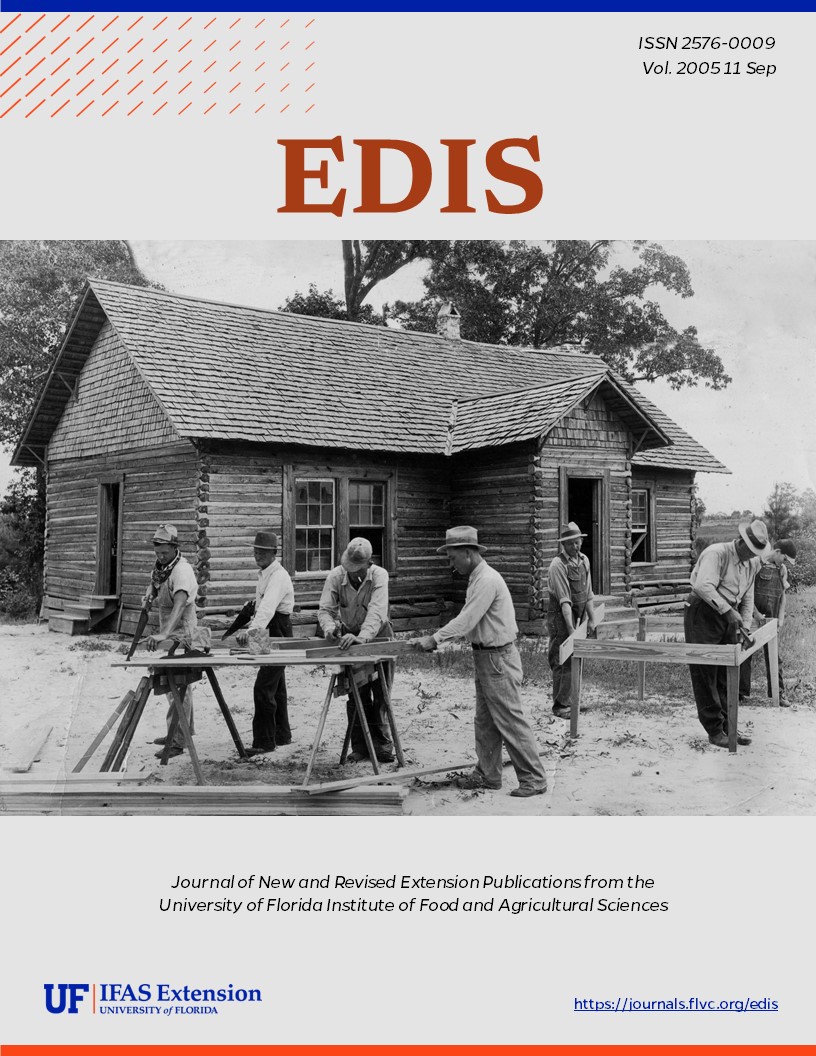Abstract
The South Florida Water Management District has developed a BMP table that lists the BMP practices that have been designed to reduce particulate P and sediment loads in drainage waters from Everglades Agricultural Area (EAA) farms. The purpose of this document is to explain and discuss these particulate P and sediment control practices. These practices serve as important tools in efforts to improve water quality in the basin. This EDIS article is one in a series that attempts to explain in easily understandable terms the implementation methods and rationale behind the main P load reducing BMPs employed on EAA farms. This document is SL228, a fact sheet of the Soil and Water Science Department, Florida Cooperative Extension Service, Institute of Food and Agricultural Sciences, University of Florida. Original publication date August 2005.

